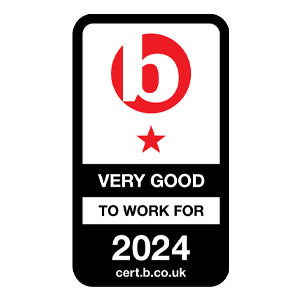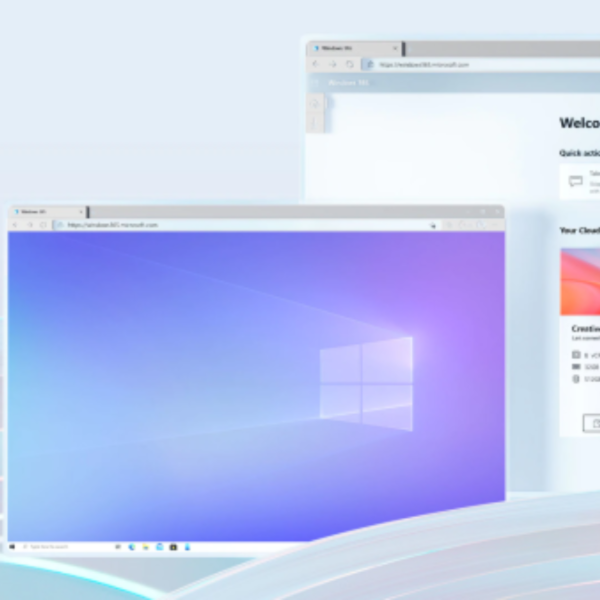An Introduction to Microsoft Loop
By James Mansell
17/03/2022
An Introduction to Microsoft Loop
Businesses across all industries are undergoing a change in how they run and use technology too deeply connect with users and digitally transform how they do business. Microsoft Loop has been introduced to ease this process as the era of hybrid-working commences.
The following will hopefully give a brief introduction to what Microsoft Loop is and what it is used for
Microsoft Loop is a new technology that combines a powerful and flexible canvas with portable components that move freely and stay in sync across Microsoft 365 applications. This technology has been built in Microsoft’s effort to make collaboration as frictionless as possible, growing beyond the confines of traditional workspaces.
It is built and powered by Fluid Framework which is the core technology that enables seamless data synchronisation, real-time collaboration and is open-sourced.
Key benefits and features include:
- Working Together, even when apart
Co-create and build on each other’s ideas – Loop is an entirely new way to work together, whilst adapting to the new era of hybrid-working.
- All in one Place
Organise all components of your project – files, links and data from other applications – in a single workspace.
- In Sync and on Track
Jump straight back in and keep on track with notifications, highlighted changes, status labels and more, meaning the progress of a project is always up to date.
- Loop Workspaces
These are shared spaces that allow you and your team to group and see everything important to your project, making it easy for you to catch up on what everyone is working on and track progress toward shared goals.
- Loop Components
Adapting on from Fluid components – Loop components can be as simple as lists, tables, notes, tasks, or as sophisticated as a customer sales opportunity from Microsoft Dynamics 365, and because components stay in sync, no matter how many places they live in, you and your team will always work with the latest information.
- Loop Pages
Flexible canvases where you can organise your components and pull in other useful elements like files, links, or data to help teams connect and collaborate. Pages are optimised for thinking together and getting work done. They can start small and continue to grow to match the size of your ideas and projects.
Idea on how to use Microsoft Loop components in chat:
- Co-Author
Are you and your team working together to find the right words for something? No need to create a whole new document. Now, you can quickly iterate on, say, the teaser for an upcoming presentation by adding the Paragraph component and co-authoring from right within the chat thread.
- Status Report
When work is changing rapidly it can be a real challenge to keep track of it and trying to train your team on different project management solutions can risk slowing down a fast-moving project. Instead, you can try a Loop component with a collaborative table that tracks each deliverable in its own row. Doing this allows everyone to follow along with easy-to-read columns for the owner, status, and due date that are always up to date with the latest, no matter when stakeholders read the email or check-in with their Teams chat.
- Topic Gathering
There’s nothing worse than spending your team’s valuable time on the wrong topics. With Loop components, you can crowd-source and democratize gathering feedback, topics for an upcoming meeting, or ideas for a team event, all without needing to deal with an endless string of chat messages or emails.
- Mini Breakout Room
Have you ever seen a conversation fly off the rails when a few folks go off on a tangent? One of the most creative uses of Loop components we have seen is a sort of “mini breakout room,” right within the same chat. The component offers a “safe space” to align or resolve differing opinions where every member of the chat can still see and participate in the side discussion if they need to, while also allowing the main chat thread to move on to other topics.
You can access some useful information linked below and see some demo examples of Loop in action.
Learn more about Microsoft Loop


